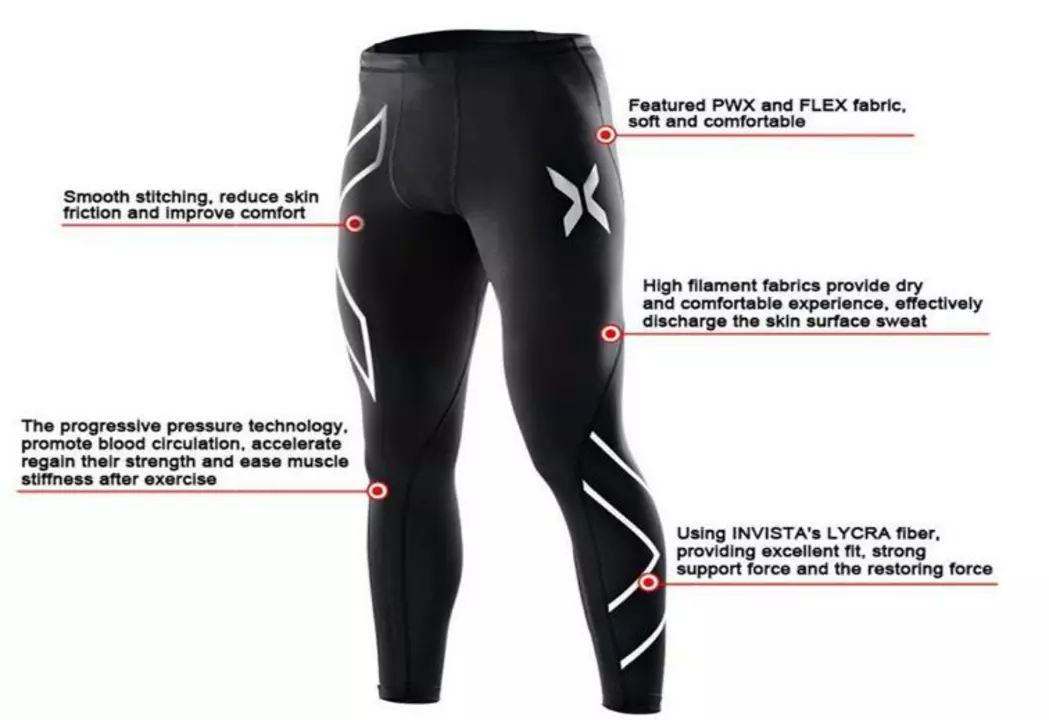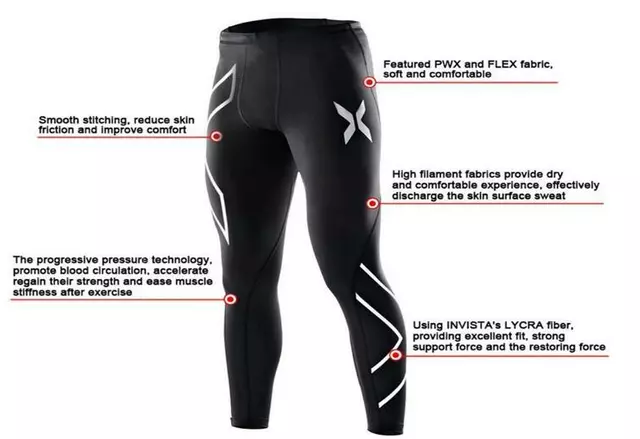- Home
- Cycling Gear And Apparel
- How tight should cycle shoes be?

How tight should cycle shoes be?
Finding the Perfect Fit: The Importance of Properly Sized Cycle Shoes
Cycling is a fantastic way to stay in shape, enjoy the outdoors, and maintain an active and healthy lifestyle. As a dedicated cyclist, I can attest to the numerous benefits that come with regular bike rides. However, one aspect of cycling that is often overlooked is the importance of wearing properly fitted cycle shoes. In this article, I will discuss how tight your cycle shoes should be and why it's essential to find the perfect fit.
Understanding the Role of Cycle Shoes in Cycling Performance
Before we dive into the specifics of how tight your cycle shoes should be, it's essential to understand the role they play in your overall cycling performance. Cycle shoes are specifically designed to transfer power from your legs to the pedals more efficiently than regular shoes. This is achieved through a stiffer sole and a secure fit that enables better energy transfer and reduces the risk of injury.
When your cycle shoes are too loose, your feet can slide around inside the shoe, decreasing the efficiency of your pedal strokes and potentially causing blisters or discomfort. On the other hand, if your shoes are too tight, you may experience numbness, pain, or circulation issues. As such, finding the right balance between comfort and performance is crucial.
Measuring Your Feet for the Ideal Shoe Size
Before you can determine how tight your cycle shoes should be, you'll need to measure your feet accurately. This will help you select the right shoe size and ensure a comfortable and secure fit. To measure your feet, follow these simple steps:
- Place a piece of paper on a flat surface and stand on it with your foot.
- Using a pencil, trace around your foot as accurately as possible.
- With a ruler, measure the length of your foot from the heel to the longest toe.
- Repeat the process for your other foot, as it's common for feet to be slightly different in size.
Once you have your measurements, use a size chart from a reputable cycle shoe manufacturer to determine the right size for you. Keep in mind that sizing can vary between brands, so it's essential to use a chart specific to the brand you're considering.
Key Features to Look for in a Well-Fitting Cycle Shoe
When trying on cycle shoes, there are a few key features to look for to ensure a proper fit. These include:
- Snug heel fit: Your heel should feel secure in the shoe without any slipping or movement when you walk or pedal. A slipping heel can lead to blisters and decreased pedal efficiency.
- Room for toes: Your toes should have enough room to wiggle slightly but should not be able to slide forward and back within the shoe. This ensures both comfort and optimal power transfer.
- Secure closure system: Look for a closure system that provides even pressure across the top of your foot and can be easily adjusted for a customized fit. Popular options include Velcro straps, ratchet buckles, and BOA dials.
- Comfortable arch support: Proper arch support is essential for comfort and injury prevention. Look for shoes with built-in arch support or consider using custom orthotics for a more personalized fit.
- Appropriate width: The width of your cycle shoes should be snug but not overly tight. If you have wide or narrow feet, look for brands that offer different width options to ensure the best fit.
Adjusting Your Cycle Shoes for Optimal Tightness
Once you've found a pair of cycle shoes that meet the above criteria, it's essential to adjust the fit to achieve the perfect balance between comfort and performance. Start by wearing the socks you plan on cycling in and adjusting the closure system to a comfortable but secure level. Your foot should feel supported without any pinching or pressure points.
Next, take a test ride on your bike to see how the shoes feel when pedaling. Pay attention to any areas of discomfort or numbness and adjust the fit as needed. Remember that it's normal for your feet to swell slightly during exercise, so you may need to loosen the fit slightly as you ride.
Finally, be prepared to make additional adjustments as your shoes break in and your feet become more accustomed to them. It may take a few rides to dial in the perfect fit, but the time and effort spent on finding the right tightness will be well worth it in the end.
Conclusion
Finding the perfect fit for your cycle shoes is crucial for both comfort and performance. By understanding the role of cycle shoes in cycling, measuring your feet accurately, looking for key features in a well-fitting shoe, and taking the time to adjust the fit, you'll be well on your way to a more enjoyable and efficient cycling experience. Remember, a well-fitting cycle shoe should be snug but not overly tight, providing the perfect balance between support and comfort.

Damien Lockwood
Hi, I'm Damien Lockwood, a sports enthusiast with a deep passion for running and cycling. I've spent years honing my skills and understanding the mechanics behind these disciplines. Apart from participating in various marathons and races, I also love sharing my experiences and valuable insights through my writings. My goal is to inspire and encourage people to embrace a healthy lifestyle by engaging in physical activities they enjoy.
Popular Articles
About
Welcome to IdentiSports UK Hub, your ultimate destination for all things running and cycling in the United Kingdom. Discover the latest news, events, and tips to help you improve your performance and stay connected with the vibrant sports community. Join us now and unleash your true potential!



